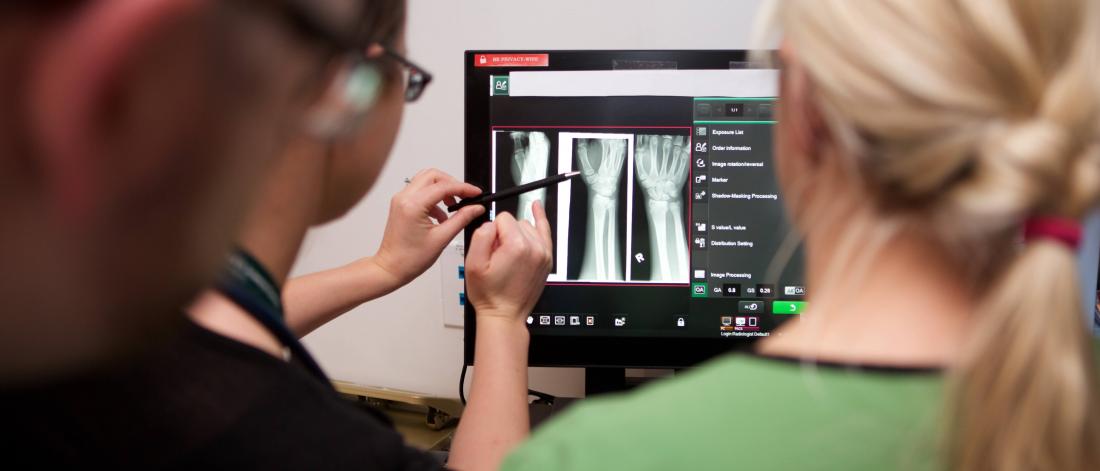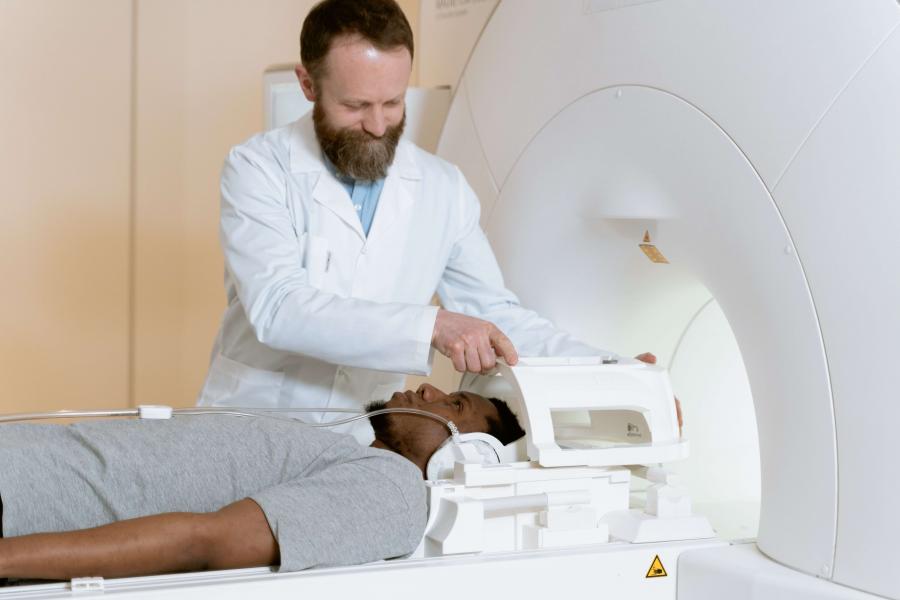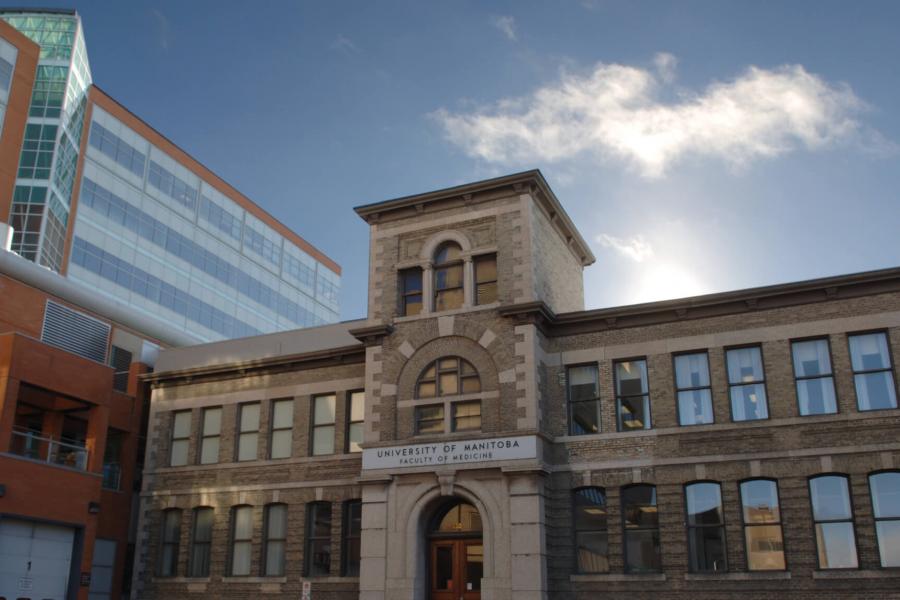
Study with us
This program boasts limited fellows. Experience one-on-one resident and attending interaction with first access to multiple procedures and cases. State-of-the-art-imaging resources and facilities, alongside a collegial work environment, make up this accredited program with an excellent exam success rate.
Inspiring facilities
The training program is divided among the three main teaching facilities at the University of Manitoba—Health Sciences Centre, St. Boniface Hospital and Winnipeg Children's Hospital. The residents also receive exposure to several community hospitals and sites.
All three centers are tertiary care centers for the province of Manitoba, as well as portions of Northern Ontario and the Northern Territories. The hospitals are part of the Winnipeg Regional Health Authority (WRHA).
The Health Sciences Centre is an 800-bed tertiary centre and is also the site for the largest and busiest Emergency Department in Manitoba. CancerCare Manitoba is dedicated to providing oncology care to patients.
Educational resources
The WRHA is committed to providing state-of-the-art-imaging facilities to the population of Manitoba. Currently the teaching sites include CT scanners, MRI machines, interventional and neurointerventional radiology suites, digital mammography, 3-D ultrasounds, PET-CT, SPECT/CT among others.
Research opportunities
One of the strengths of the training program at UM is the large number of fellowship trained radiologists that provide education to the residents. There are very few radiology fellows and this results in one-on-one teaching and mentoring between the residents and attendings.
Formal in-house physics lectures are organized on specific half days as part of the curriculum for the residents. Residents are required to complete a scholarly project and present at the annual Resident Research Day.
Residents also attend a one-month course at the American Institute for Radiologic Pathology (AIRP) in Washington, DC. Each resident also receives funding each year that can be used toward conferences, textbooks, learning resources and AIRP.
Program details
Complete residency details, including program curriculum, application requirements and selection criteria can be found on the Canadian Resident Matching Service website.
How to apply for residencies
-
-
To be considered for admission to any residency at the University of Manitoba, you must apply through the Canadian Resident Matching Service (CaRMS).
CaRMS is a national, independent, not-for-profit, fee-for-service organization that provides a fair, objective and transparent application and matching service for medical training throughout Canada.
Explore the University of Manitoba
We attract people from around the world who share our ideals and vision for positive change. We believe in embracing challenges and taking action. Our students, researchers and alumni bring their unique voices to learning and discovery, shaping new ways of doing things and contributing to important conversations in topics that matter most, from human rights to global health to climate change. We are where imagination and action collide.
Contact us
-
Dr. Tommy Ting
Postgraduate Program Director
Diagnostic Imaging
tommy.ting@umanitoba.ca
Radiology
AE503 - 671 William Avenue
University of Manitoba
Winnipeg, MB R3E 0Z2 Canada







